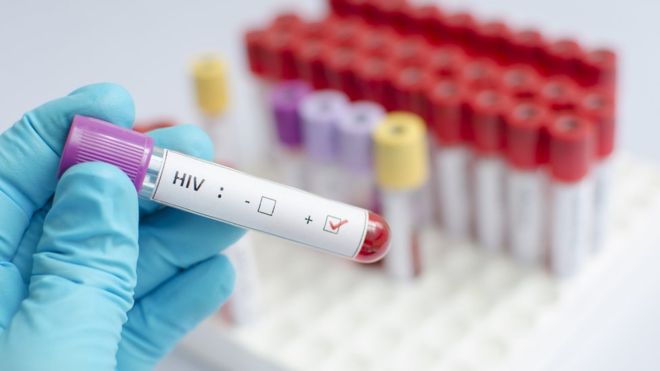Many times we hear about HIV infection and AIDS as if they were synonyms, but this is a misconception
Having HIV does not mean having AIDS.
HIV infection causes the development of AIDS, but a person can be infected with HIV without developing AIDS.
Myths about HIV and AIDS
1. HIV is a virus that gradually attacks the immune system.
Attacks the natural defense that our body has against diseases. Therefore, a person infected with HIV will find it more difficult to fight infections and diseases.
The virus destroys a type of white blood cell called CD4 (also known as helper T cells) and makes copies of itself within these cells.
There are different strains of HIV that can infect the same person, the two main types are: HIV-1, which is the most common type in the world, and HIV-2, which is found mainly in West Africa.
2. HIV is found in some of the bodily fluids of an infected
person
As are semen, blood, vaginal fluids and anal and breast milk. It is not found in sweat, saliva or urine.
HIV infection is usually diagnosed by blood tests in which the presence of antibodies against the virus is detected.
3. If HIV infection is not treated, AIDS may appear over the
years
AIDS is a syndrome caused by the HIV virus.
When a person’s CD4 count falls below 200 cells / ml of blood, they are said to have AIDS. The CD4 count refers to the number of collaborating T cells in one cubic milliliter of blood.
AIDS appears when HIV infection is very advanced, which is when a person’s immune system is too weak to fight infections.
A person with AIDS can develop health problems such as: pneumonia, candidiasis, fungal infections, toxoplasmosis and cytomegalovirus. There is also a greater risk of developing other conditions such as cancer and brain diseases.
4. HIV is transmitted from person to person
If the infected body fluids enter the bloodstream, and this can happen in the following situations:
- Sexual relations (vaginal or anal) or buccogenital contact with an infected person without protection.
- From mother to child during pregnancy, delivery or breastfeeding.
- Exchange of needles, syringes or other contaminated sharps.
- Transfusion of infected blood or organ transplants.
5. HIV is not transmitted through
- Insect bites.
- Kisses.
- Use public toilets
- Share cutlery or glasses.
- Touch.
6. There is currently no cure for HIV or AIDS
However, with proper treatment and medical care, HIV can be controlled.
The medicine used to treat HIV is called antiretroviral therapy.
If taken correctly, every day, this medication can prolong the lives of many people with HIV, keep them healthy and greatly reduce their chances of transmitting the virus to others.
Nowadays, a person who is diagnosed with HIV, treated before the disease is very advanced, and who remains in treatment can live almost as many years as someone who does not have HIV.














